Last updated: October 16, 2025
Article
Curbing the Decline of Sugar Pine: A Multi-Threat Study at Yosemite National Park
By Summer Boulais, I&M Science Communicator
September, 2025
Picture yourself exploring the wonders of Yosemite National Park (NP), a place known for its incredible waterfalls and granite cliffs. As you wander the trails, you can’t help but notice the massive pinecones spread across the ground. The smell of pine fills your nose as you look up and up and up to see where it came from. You become filled with awe as you are in the presence of the tallest and largest pine species in the world—the sugar pine (Pinus lambertiana).
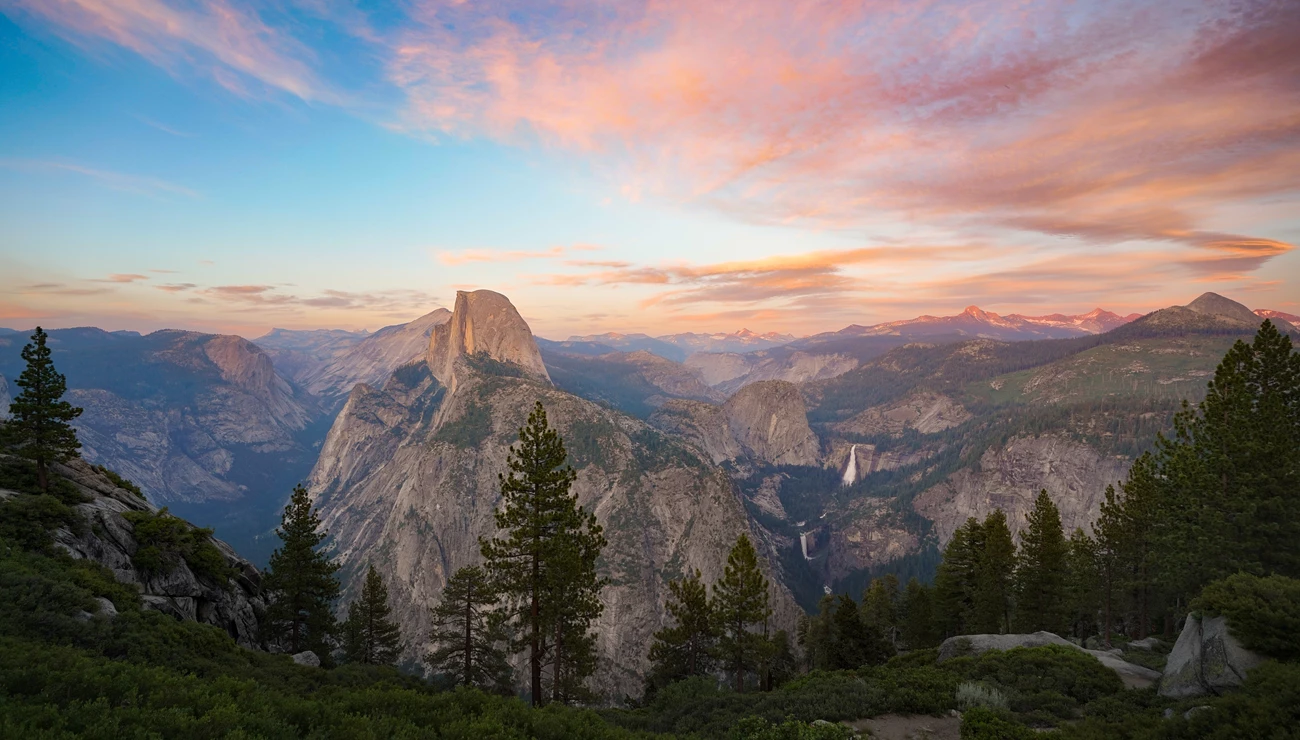
Photo courtesy of Joan Dudney
Defining the Threats
These glorious trees face some not-so-glorious threats such as the following:- White pine blister rust or WPBR
- A fatal disease caused by the invasive fungus Cronartium ribicola
- Mountain pine beetle (Dendroctonus ponderosae)
- A bark beetle known to infest pine trees
- Fires and drought
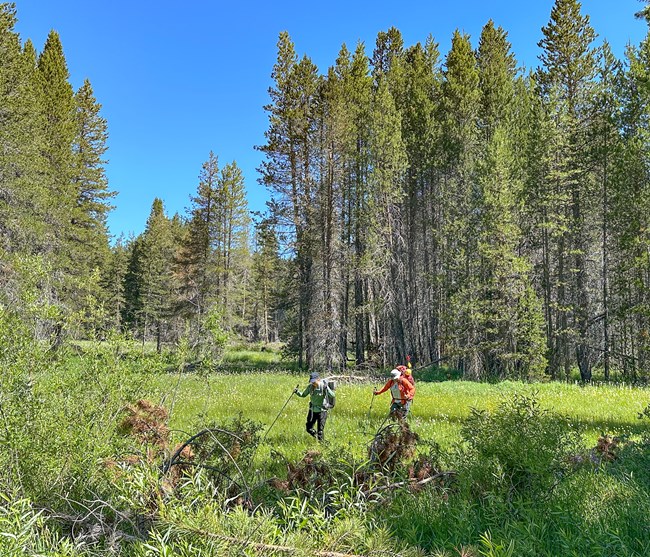
Photo courtesy of Joan Dudney
Navigating the Field
As researchers hiked through the forest in July and October of 2023, they were on the lookout for signs of WPBR amongst the humongous trees. While navigating through the dense shrubbery in the California heat, they got a closer look at how various threats have impacted the sugar pines. In total, they surveyed 56 randomly selected plots for sugar pines and their health status. This selection included two categories: 33 unburned plots within the species’ known range and 23 burned plots within areas affected by the Rim Fire. This was an unprecedented wildfire that burned through a large portion of the sugar pine range in 2013. Scientists identified the pine species in these areas and used binoculars to check for any signs of impact, such as branches that were dead or had bright orange needles known as “flagging.” They also measured the trees and categorized the impact of fire severity. If researchers found the appearance of fungal blisters on the trees, they knew WPBR is what they had come across.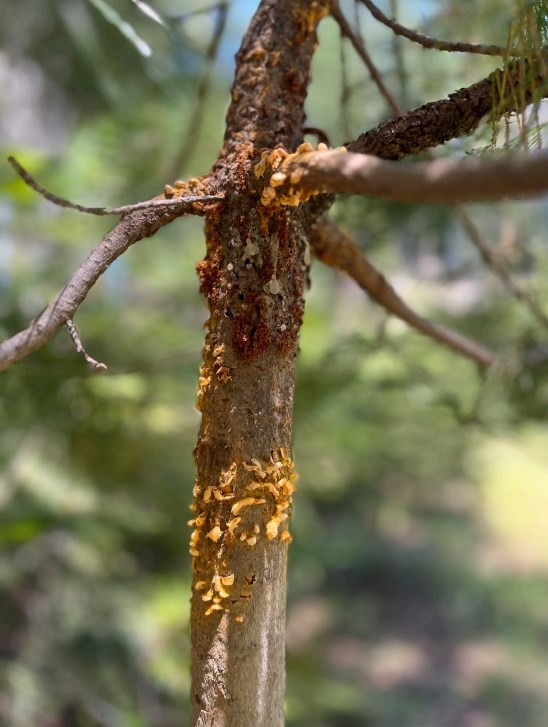
Photo courtesy of Michelle Mohr
Connecting the Dots
Within this study, scientists wanted to discover how the known threats may be interacting with each other. To their surprise, they found that increased fire severity in the Rim Fire correlated with a decline in WPBR infections. Possible reasons behind this are fewer trees means fewer opportunities for the infection to spread, or the fire may be wiping out alternate hosts of the disease. This discovery is the first ever documentation of the negative effects of fire on WPBR!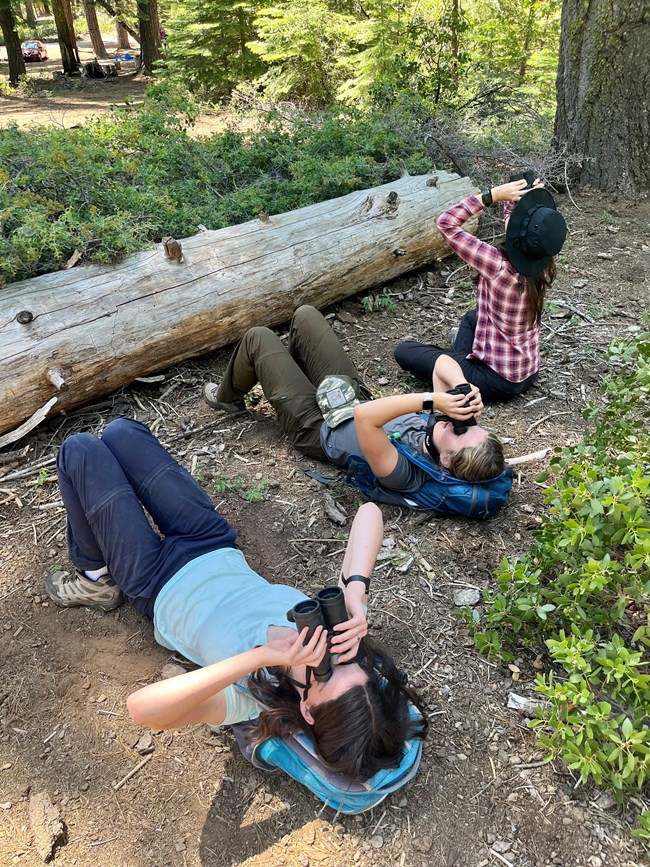
Photo courtesy of Michelle Mohr
Unveiling the Results
The results also showed that WPBR is widespread throughout Yosemite and remains a threat to sugar pines. The tree species may be declining at a similar rate to those in Sequoia & Kings Canyon NP, with slightly lower disease prevalence in Yosemite. It appears the sugar pine seedlings are unable to establish and grow at a healthy rate to sustain the population. Survey results also showed the following:- 63.6% (21/33) of unburned plots and 26.1% (6/23) of burned plots were infected with WPBR
- 54.5% (18/33) of unburned plots and 30.4% (7/23) of burned plots showed signs of bark beetles
Holding onto Hope
Researchers have not given up hope on supporting the future of sugar pines. They have been collecting pinecones and sending them to genetic centers where they’re inoculated with the WPBR disease. Those that survive likely have immunity to the disease and are replanted in the wilderness. Understanding how certain tree individuals are able to resist the disease sets the groundwork for scientists to help them resist a multitude of threats. This research aims to support the survival of the remaining sugar pines while establishing a new generation of healthier individuals.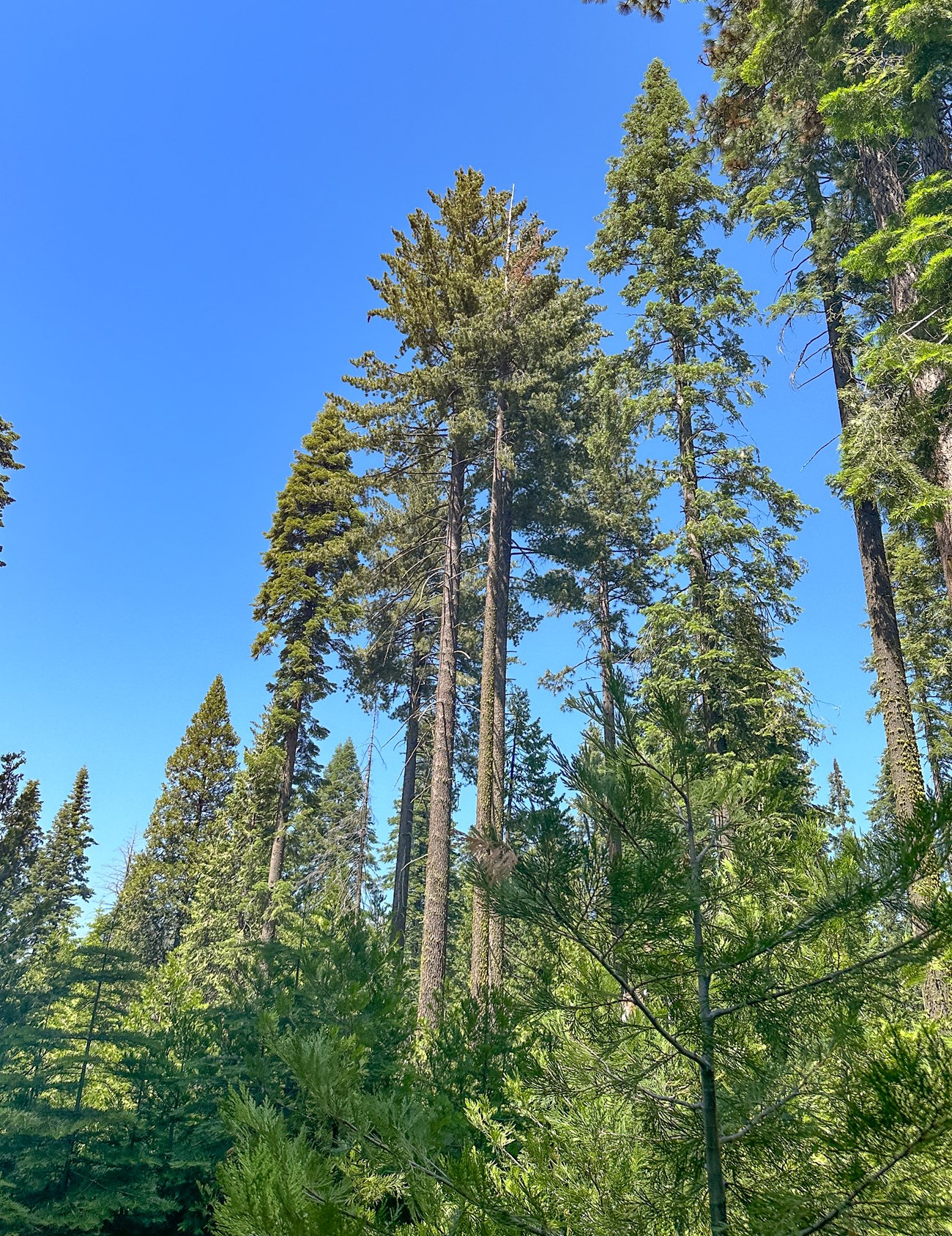
Photo courtesy of Joan Dudney
Choosing to Care
This inventory was critical for park managers at Yosemite NP to learn that sugar pine populations are in decline. Survey results showed that not all the disturbances are interacting in a way that amplifies mortality, as fire can potentially suppress disease. However, threats like WPBR, bark beetles, and drought are requiring active interventions from the park. Continuing research and restoration efforts are imperative to sustain the species. Testing out holistic management strategies that address the issue from all angles will give sugar pines their best chance at survival.We need to care even if it is just one tree species. They fulfill a very specific ecological niche that would ultimately un-balance not just Yosemite's ecosystem but the Sierras and their whole geographic range.
